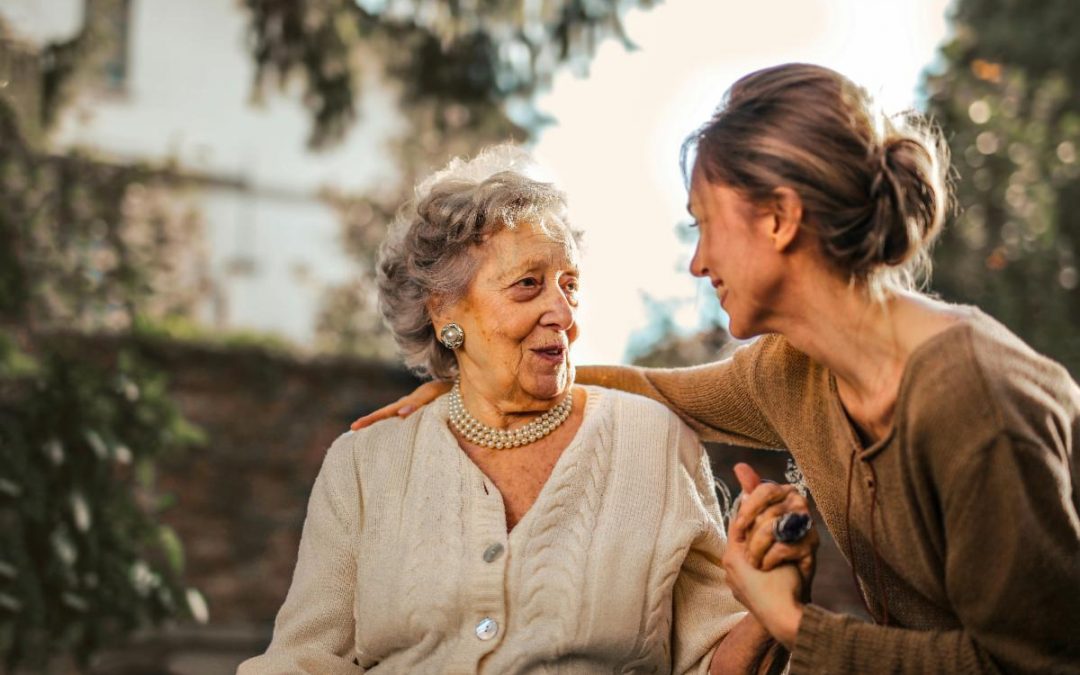Did you know that over 53 million Americans dedicate an average of 24 hours weekly to caring for elderly family members or those with disabilities? This dedication often comes at a significant personal cost – over $7,000 a year on average.
But what if those caregivers could get paid while providing this vital care? Caregiving doesn’t have to be financially draining. Several options are available for caregivers to receive payment, especially for those caring for veterans or individuals eligible for Medicaid.
Caregivers should explore the following options to learn about potential financial compensation:
Option # 1: Self-Directed Medicaid Services Program
If the family member receives or is eligible for Medicaid, this program allows them to manage a budget for care-related expenses, including paying for caregiver assistance.
Option # 2: Home and Community-Based Services
This Medicaid program helps Medicaid recipients with disabilities stay in their homes by providing in-home care services. A family member could potentially be employed as a paid caregiver through HCBS.
Option # 3: Veteran Directed Care Program
Veteran Directed Care provides a service and support system similar to the Medicaid Self-Directed Services Program, but specifically for U.S. veterans, empowering them to manage their own care.
Option # 4: Long-Term Care Insurance
These policies reimburse a pre-selected amount for daily living activities. If the care recipient has long-term care insurance, it may cover the cost of paying for a caregiver. Many private insurance companies, employer benefit plans, and senior organizations like AARP offer long-term care insurance policies.
Option # 5: Paid Family Leave Employee Benefit
More and more employers are recognizing the challenges of caregiving. Paid family leave allows employees time to care for loved ones without jeopardizing their jobs.
Every state offers some type of caregiver assistance, but programs differ from state to state. Boris Benic and Associates is here to support you – reach out for help to provide the best possible care for your loved one while taking care of yourself.

